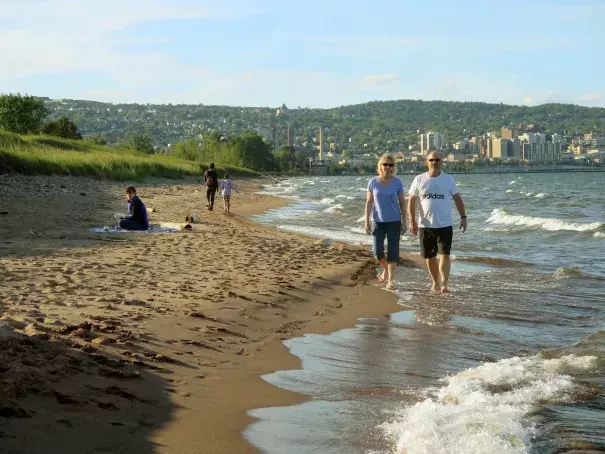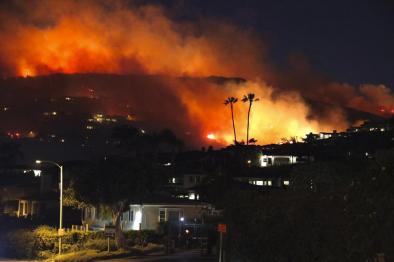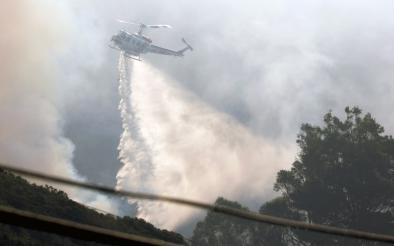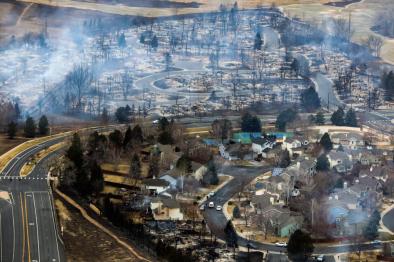Warming waters: Lake Superior nearly breaks water temperature record

As late summer waves crashed around him on the beach along Park Point, 10-year-old Gage Jones of Superior, Wis., splashed in the often-frigid Lake Superior water.
"It's not the warmest it's been, but I think it's pretty good. Enough to swim in," he said.
"This is the warmest I've ever felt it, actually," said Candace Jones as she kept an eye on Gage and another son on the seven-mile spit of sand that stretches into Lake Superior from downtown Duluth.
In late August the average surface water temperature for the entire lake hit 68 and a half degrees.
That might not seem very warm, but only 2010 had a warmer high temperature.
And the water temperature at Park Point and other areas close to shore has remained around 70 degrees for weeks.
"It's very warm," said Drew Gronewold, a hydrologist with the National Oceanic and Atmospheric Administration's Great Lakes Environmental Research Laboratory in Ann Arbor, Mich.
Surface water temperatures across the Great Lakes, he said, have soared. "And on and off, they've been pretty high over the past 10, 15 years."
In Lake Superior, researchers at the University of Minnesota Duluth have found that summer surface water temperatures have increased by 5 degrees over the past 30 years.
That's twice as fast as the air temperature has increased, and some of the most rapid change observed on the planet.
...
So what's causing such rapid change? It turns out there's a strong connection between the amount of ice on the lake the previous winter, and how warm the lake gets the following summer, said Jay Austin, a physicist with the Large Lakes Observatory at UMD.
"We use the term facetiously of course, but the lake has a memory. In that, summer water temperatures reflect what happened the previous winter," he said.
And it's in the winter that Minnesotans are really feeling the effects of climate change. The average winter temperature in the state has risen by about 1 degree per decade since the 1970s.
That might not seem like a huge change. But according to Austin, a relatively small temperature change has a huge impact on ice formation.
"The difference between one of those low-ice and high-ice years can be due to as little as 1 to 2 degrees Celsius in winter air temperature," he said. "So very small changes in winter air temperature can lead to large changes in the amount of ice that's formed."
And less ice in winter translates to warmer water the following summer
Related Content






